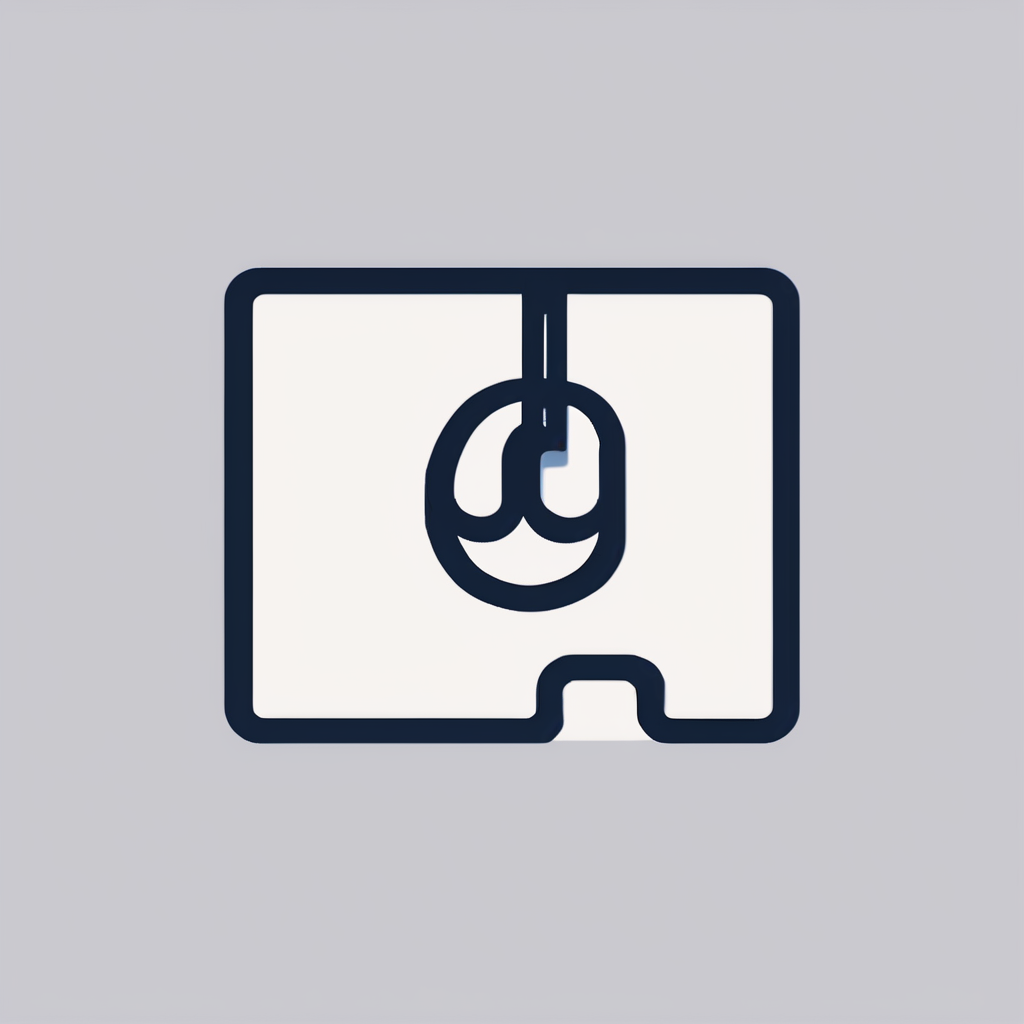Get Expert Advice
Stay informed with the latest trends and receive expert advice on a variety of topics from our dedicated team of writers.
Explore Different Interests
QHU Blog covers a wide range of categories such as Automotive, Business, and Cooking, providing engaging content for every reader.
Enhance Your Lifestyle
Find practical tips and advice on topics like Health, Finance & Real Estate, Home & Living to help improve your everyday life.
Diverse Audience
QHU Blog caters to a diverse audience, covering categories like News, Pets, Sports, and Technology, ensuring there is something for everyone.
QHU Blog – Your Go-To Platform for Informative Content
Diversity in Expert Insight
QHU Blog is a one-stop destination for those seeking high-quality, reliable information across a variety of topics. Our core business is informing, and we take pride in catering to a diverse audience with engaging and trustworthy resources.

Informing and Inspiring
We are dedicated to providing readers with engaging and trustworthy resources, covering a wide range of topics and industries.
Expert Advice
Our team of experts delivers reliable information and practical tips to help readers make informed decisions and stay up-to-date with the latest trends.
Diverse Content
From Automotive to Technology, we cover a diverse range of topics to cater to a wide audience and provide well-rounded information.
High-Quality Content
Our focus on delivering high-quality content ensures that our readers receive accurate and informative resources they can trust.
Always Evolving
We are continuously expanding our areas of coverage and growing our team of experts to keep up with the fast-paced world of information.
Explore Our Categories
Expand your knowledge with our diverse range of topics, covering categories such as Automotive, Business, Cooking, and more.
Expert Advice and Practical Tips
Get reliable information and expert advice on various topics to improve your lifestyle and keep up with the latest trends.
Stay Informed and Inspired
Stay up-to-date with the latest industry developments and find inspiration across a wide range of interests.
For Any Interest and Curiosity
Whether you’re an entrepreneur, a foodie, a tech geek, or a pet lover, our content has something for everyone.
Join Our Community of Readers
Our readers come from diverse backgrounds, united in their desire to stay informed and explore new ideas.

Explore our wide range of topics
With QHU Blog, you’ll uncover expert advice and stay up-to-date on the latest trends in Automotive, Business, Cooking, and so much more.
Expert Advice
Our team of specialists provide you with the most reliable and relevant information, tailored for each topic.
Stay Informed
At QHU Blog, we’re dedicated to keeping you informed and engaged with the most important topics in your industry.
Join the Conversation
Be a part of our community and join the conversation.
Connect with Us
Follow us on social media and subscribe to our newsletter to stay connected and never miss an update.
Why Choose QHU Blog?
Experts in news blogging, providing reliable and inspiring content.
Categories
12
Readership
2.5M
Expert Writers
100+
Trending Topics
50+
Ready to access reliable, well-rounded content in areas of interest?
Explore our diverse selection of topics and stay informed with QHU Blog.

Frequently Asked Questions
Get Answers from QHU Blog
We cover a wide range of topics, from automotive and business to cooking and technology. We aim to provide our readers with expert insights and practical tips in various areas of interest.
Absolutely. Our team of experienced writers and editors ensure that all our content is trustworthy and up-to-date. We also provide references and sources for further reading.
Our target audience is diverse, catering to individuals of all ages and backgrounds who seek reliable and informative content. We strive to serve anyone with a curiosity and a love for learning.
Blog & News
How can green financing transform the UK real estate sector?
Understanding Green Financing in the UK Real Estate Sector[…]
What are the must-have accessories for a stylish UK bedroom?
Essential Accessories for a Stylish UK Bedroom When aiming[…]
What Are the Emerging Innovations in UK Real Estate Financing?
Overview of Recent Innovations in UK Real Estate Financing[…]
How can you choose the right color palette for your UK home’s interior?
Understanding the Basics of Colour Selection for UK Homes[…]
What Challenges Do UK Real Estate Investors Currently Face?
Recent Economic and Market Trends Impacting UK Real Estate[…]
What are the best ways to create a cozy atmosphere in a UK home?
Essential Elements for a Cozy UK Home Creating the[…]
What role does UK technology play in cybersecurity innovations?
Overview of UK Cybersecurity Landscape The UK cybersecurity landscape[…]
How Can UK Sports Evolve to Attract Global Talent?
Addressing Current Barriers to Global Talent in UK Sports[…]
How is the UK automotive industry preparing for electric vehicle infrastructure?
Industry Strategies for Electric Vehicle Infrastructure Readiness The UK[…]
What impact does UK technology have on cybersecurity advancements?
UK Technology Innovations in Cybersecurity The United Kingdom has[…]
How Have Pets in the UK Influenced Local Culture?
Historical Context of Pets in the UK Throughout British[…]
What Are the Key Factors Affecting UK Healthcare Accessibility?
Overview of UK Healthcare Accessibility Healthcare accessibility in the[…]
How can you master the art of making a savory Cornish pasty?
Key Ingredients for a Savory Cornish Pasty Crafting the[…]
How Will Future Innovations Impact the UK’s Digital Landscape?
Overview of Future Innovations in the UK’s Digital Landscape[…]
How Has Technology Transformed UK Women’s Fashion Choices?
Immediate Impact of Technology on UK Women’s Fashion Technology’s[…]
Why Are Environmental Policies Crucial for UK Businesses?
Defining Environmental Policies for UK Businesses Understanding environmental policies[…]
How Can the UK’s Health System Improve Patient Outcomes?
Current Challenges Impacting Patient Outcomes in the UK Health[…]
What Are the Key Traits of Successful UK Businesses?
Essential Characteristics of Successful UK Businesses Successful UK businesses[…]
The Rise of UK Startups: How Are They Shaping the Global Market?
UK Startup Ecosystem Growth and Key Trends The UK[…]
How do UK sports organizations handle athlete welfare and safety?
Policies and Regulations Governing Athlete Welfare in the UK[…]
How Can the UK Improve Pet Adoption Rates?
Current State of Pet Adoption in the UK In[…]
